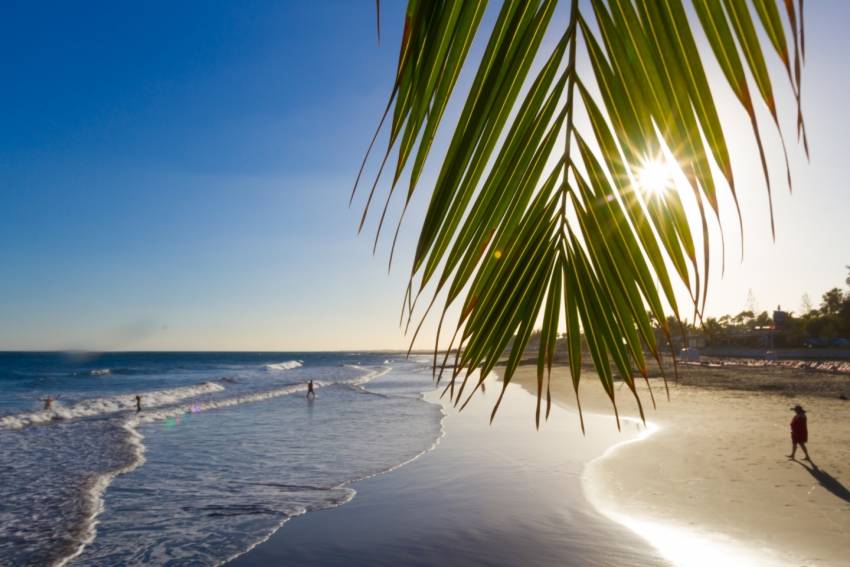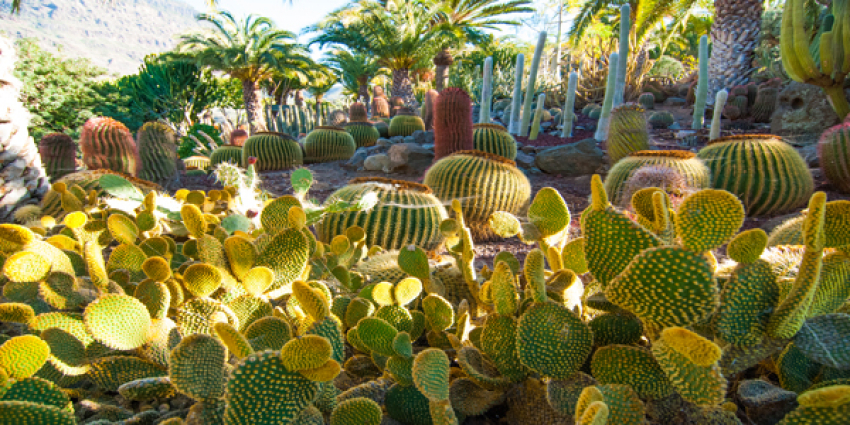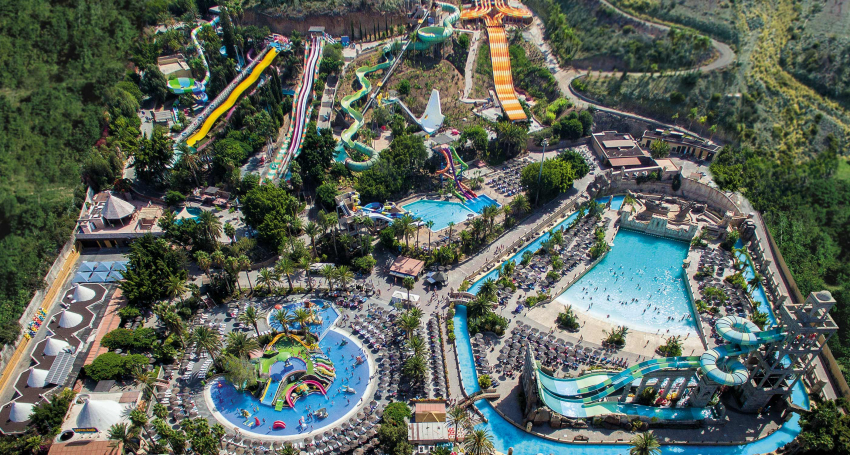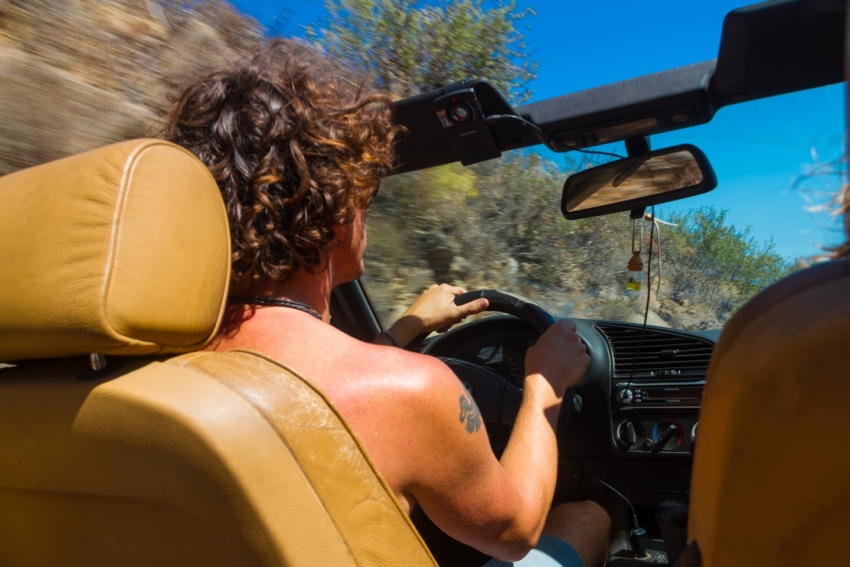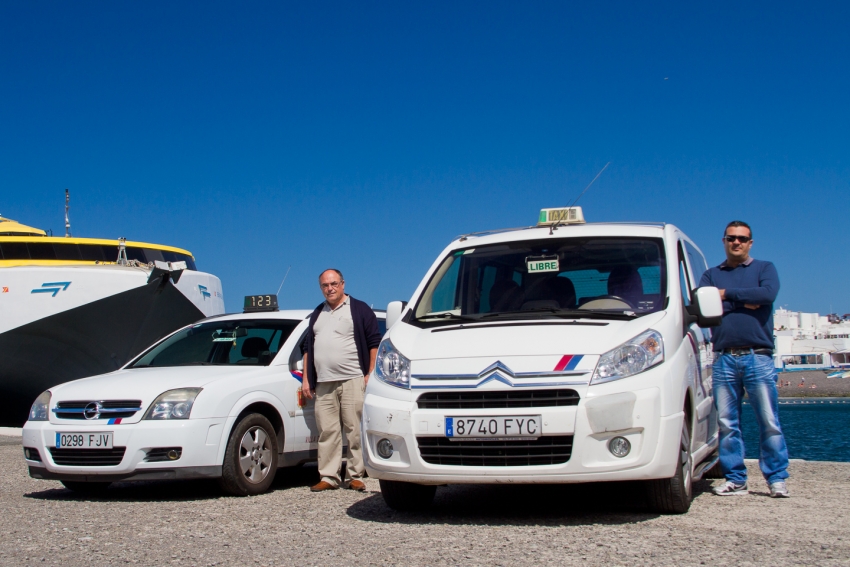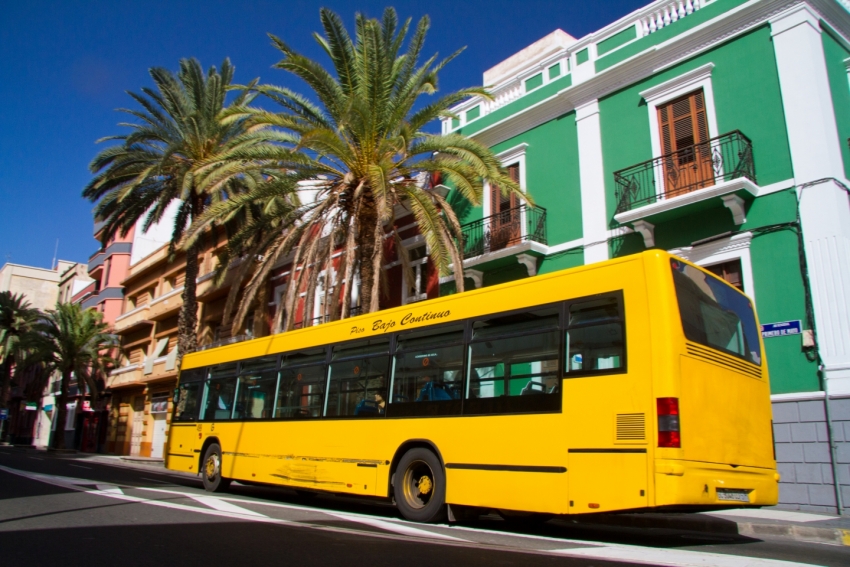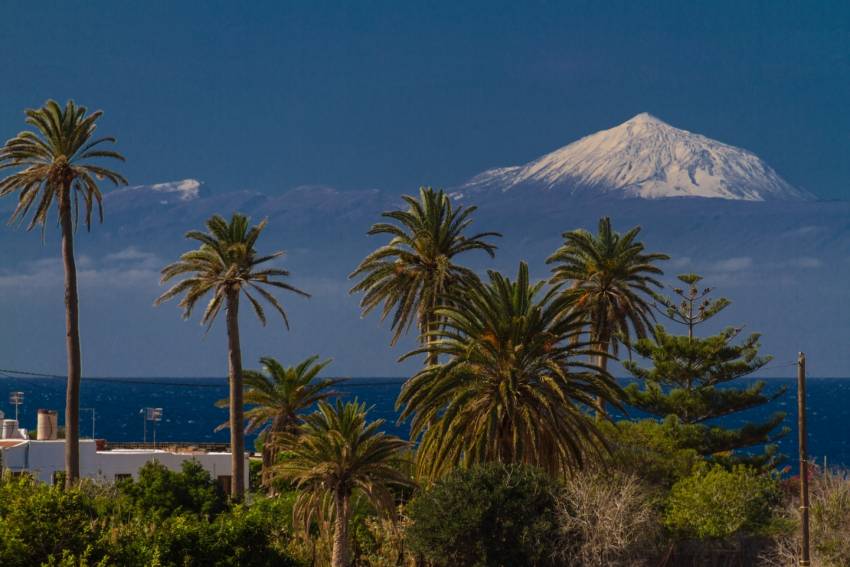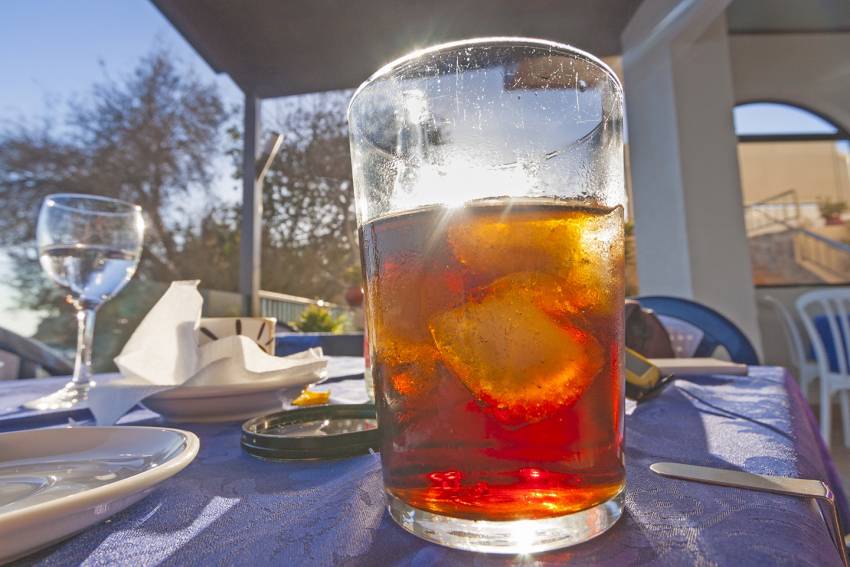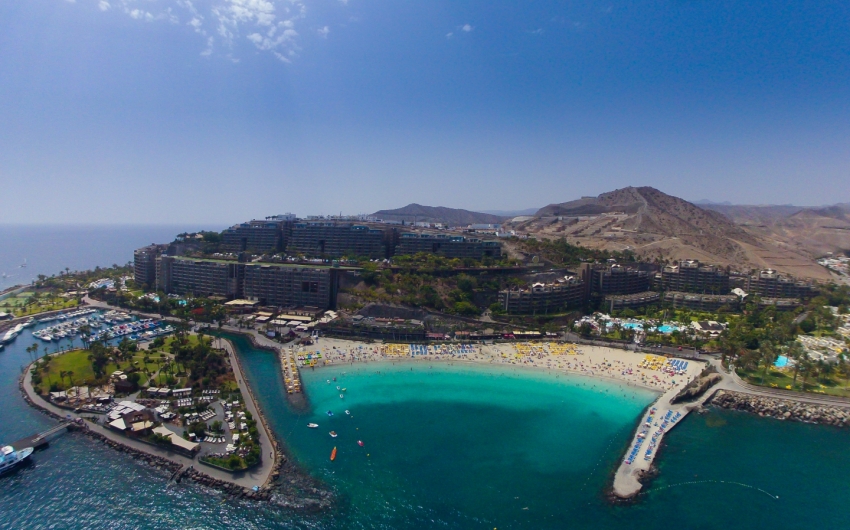Golden San Agustín beach somehow get's forgotten by the crowds heading for Playa del Inglés and Maspalomas and that's no bad thing. For a resort beach is quiet and laid back and there's plenty of places to eat and drink close by.
If you drive around Gran Canaria, a stop at Cactualdea cactus park is well worth the stop.
Aqualand is Gran Canaria's largest water park and is conveniently located just behind Maspalomas resort. It's a great day out and is opening new attractions regularly in preparation for the new giant water park due to go up in Playa del Inglés.
Palmitos Park is set in twenty hectares of a palm-filled valley just inland from Maspalomas and Playa del Ingles. It started as an exotic bird park but now has everything from komodo dragons to dolphins. Palmitos is a great day out for adults and kids and even when it's full there's plenty of room for everyone.
The Canarian wine scene hasn't buzzed this much since Shakespeare's time. New wineries start up every year and there's always a new wine to try. However, because most wineries on the islands are small you can only buy them close to where they are grown. Great if you have the time and transport but a pain if you're in Gran Canaria on holiday.
Only 70 of the Europe's rarest tree, the Gran Canaria dragon tree (Dracaena tamaranae), survive on the cliffs of the Arguineguin Valley just minutes drive from the island's main resorts.
Most people rent a car in Gran Canaria and have no problems at all. Here's our guide to hassle-free rentals and our advice on choosing a good company and avoiding sneaky tricks.
Tenerife is only an hour from Gran Canaria by ferry and you get to south Fuerteventura in less than three hours. Gran Canaria also has direct overnight ferries to Lanzarote and even boats to mainland Spain. While fares for non-residents aren't cheap, the ferries are a great way to get between islands with a car or a large family.
There are three ferry companies in Gran Canaria: Fred Olsen, Armas and Transmediterranea.
The ferry to Tenerife
Ferries to Tenerife run from Puerto de las Nieves in the north west of Gran Canaria and from the capital Las Palmas. Currently the Norwegian-owned Fred Olsen does the Agaete route (one hour to Santa Cruz plus a free 40 minute bus ride from Las Palmas) while Armas does the Las Palmas route (under three hours). Prices are similar for both journeys.
Look out for Fred Olsen deals that include the ferry ride and tickets to the Loro Parque theme park in Tenerife: They can be great value and you have the option to spend a night on the island next door.
The Ferry to Fuerteventura
Fred Olsen and Armas go from Las Palmas to Fuerteventura. The Fred boat is a fast catamaran and does the journey in under three hours while the Armas is a traditional ferry and takes about four hours to get to Morro Jable in south Fuerteventura.
Technically you can do a day trip to Fuerteventura by catching the early Fred Olsen and getting the late ferry back.
The Armas boat also continues on to Fuerteventura's capital Puerto del Rosario which saves you a long drive if you're he.ading north.
The ferry to Lanzarote
Armas runs a night ferry from Las Palmas to Arrecife in Lanzarote four days per week. It leaves at midnight and arrives early in the morning.
The ferry to La Gomera and La Palma
Where there's no direct ferries to these two island Fred Olsen has a bus link between Santa Cruz and its ferry port in south Tenerife at Los Cristianos. The bus is included in the price and there isn't too much waiting before you're on the ferry to the next island.
The ferry to Spain
Armas runs a weekly ferry between Las Palmas and Huelva in southern Spain using a brand new ship. The journey takes 48 hours and departs on Thursdays. Transmediterranea goes weekly from Las Palmas to Cadiz.
For the latest timetables check the Fred Olsen, Armas and Transmediterranea websites.
Ferries in Gran Canaria come in two different styles: Big ones that travel to other islands, and little ones that hop between harbours along the south coast.
Taxis in Gran Canaria are cheap and reliable and an excellent way to get between resorts and towns in Gran Canaria. You don't have to worry about being ripped off either since all taxis on the island have a meter and the fines for fiddling with it are enormous.
Gran Canaria Info recommends:
- Default
- Title
- Date
- Random

